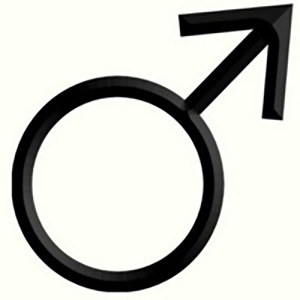 Smart Citations
Smart CitationsSee how this article has been cited at scite.ai
scite shows how a scientific paper has been cited by providing the context of the citation, a classification describing whether it supports, mentions, or contrasts the cited claim, and a label indicating in which section the citation was made.
Dose-dependant preventive effect of a herbal compound on crystal formation in rat model
Introduction: To analyze the dose-dependent preventive effect of a plant-based herbal product on the new crystal formation in a rat model.
Materials and methods: A total of 42 rats were divided into 7 groups and zinc discs were placed into the bladder of rats to provide a nidus for the development of new crystal formation: Group 1: control, Group 2: 0.75 percent ethylene glycol (EG); Group 3: 0.75 percent EG plus 0.051 ml of the compound; Group 4: 0.75 percent EG plus 0.179 ml of the compound; Group 5: 0.75 percent EG plus 0.217 ml of the compound; Group 6: 0.75 percent EG plus 0.255 ml of the compound; Group 7 0.75 percent EG plus 0.332 of the compound).
The analysis and comparison focused on the disc weights, changes in urinary oxalate and calcium levels, urinary pH, and the histopathologic evaluation of the inflammatory changes in the bladder after 14 days.
Results: According to the evaluation of discs placed in the bladders of the animals, animals receiving the herbal compound on a dose-dependent basis showed a limited increase in the disc weights values after 14 days, despite a considerable increase in animals receiving EG alone (p = 0.001). Further evaluation of the increase in disc weights on a dose-dependent basis in different subgroups (from Groups 3 to 7) demonstrated that the limitation of crystal deposition began to be more prominent as the dose of herbal compound increased. This effect was more evident particularly in comparisons between group 7 and others, according to LSD multiple comparison tests (p = 0.001).
As anticipated, there has been no discernible change in the weight of the discs in the control group. Although urinary calcium levels in animals of Groups 2, 6, and 7 were significantly higher than the other groups, we were not able to demonstrate a close correlation between urinary oxalate levels and the increasing dose levels. Even though mean urine pH levels were statistically considerably higher in Group 3, there was no statistically significant correlation between the oxalate and calcium levels between all groups, and no association was seen with the administration of herbal agents. The transitional epithelium between the three groups of animals' bladder samples did not exhibit any appreciable difference according to pathological analysis.
Conclusions: In this animal model, the treatment of the compound was successful in lowering the amount of crystal deposition surrounding the zinc discs, most noticeably at a dosage of 0.332 ml, three times per day.
How to Cite

This work is licensed under a Creative Commons Attribution-NonCommercial 4.0 International License.
PAGEPress has chosen to apply the Creative Commons Attribution NonCommercial 4.0 International License (CC BY-NC 4.0) to all manuscripts to be published.

 https://doi.org/10.4081/aiua.2023.11114
https://doi.org/10.4081/aiua.2023.11114




